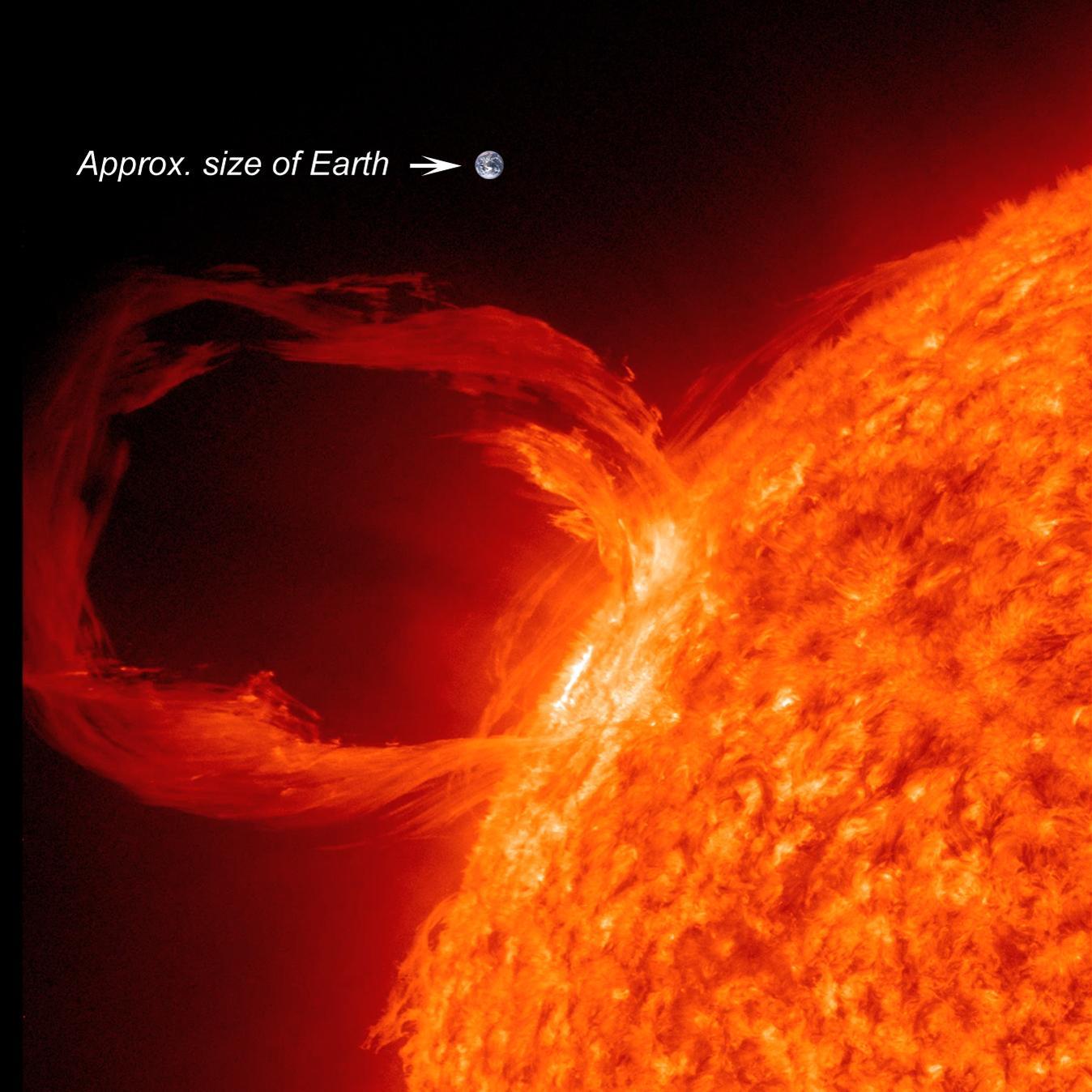On Earth we have we have winds that blow particles around and water that erodes and breaks down rock and other hard materials. These two elements work in conjunction to wear down particles over millions of years into an almost spherical shape. For example if you were to look at sand from a beach on Earth under a microscope you would find the grains to be predominantly smooth and round. This process is called erosion.
The Moon, however, has no atmosphere, as such it has no wind and no oceans, rivers or rain. It has none of the tools that Earth uses to grind away at the rough edges of particles to make them smooth like our sand and soil. As a result of this, the dust that covers the surface of the Moon is razor-sharp, made up of microscopic stone and powdered glass from millions of years of meteorites slamming into the surface at high velocities. The particles that form from the shards that break off from these impacts are far from spherical, they have jagged sharp angles, with microscopic hooks that jut out in all directions and with nothing to change them they remain this way forever…or until a man in a spacesuit decides to step on the surface and disturb them.


